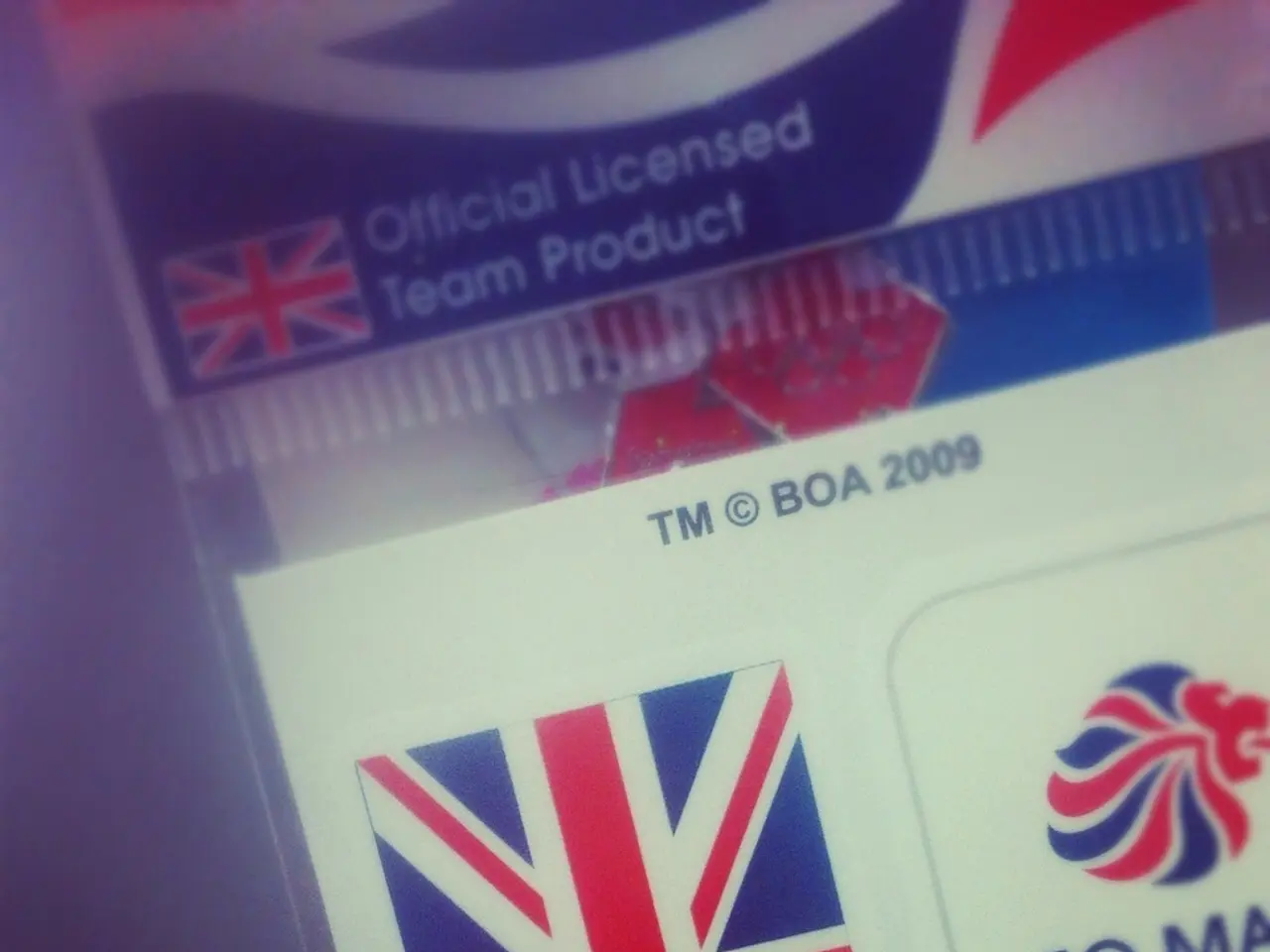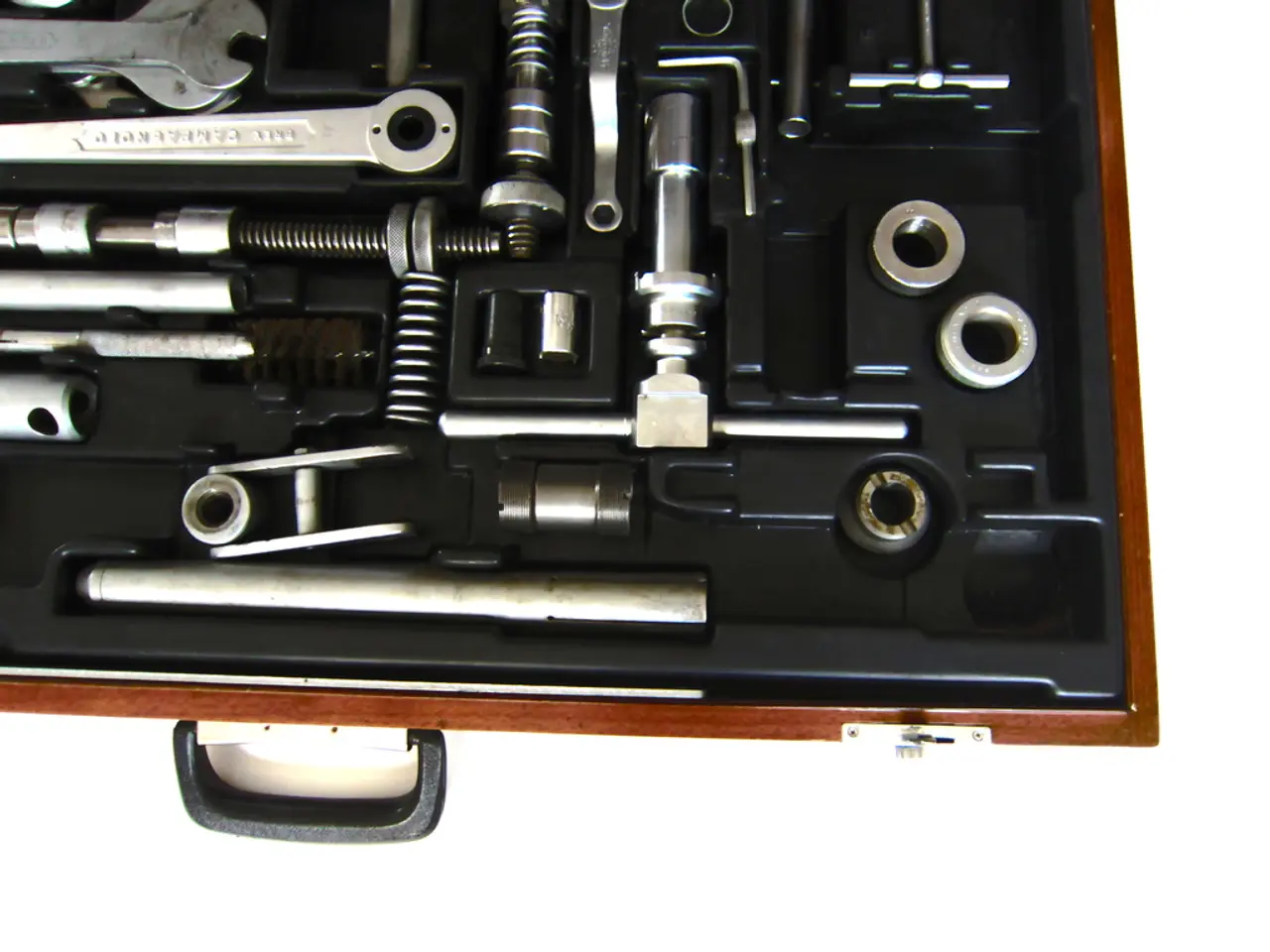Led Lights Integrated into Soft Robots Crafted from Silicon
Building Flexible Circuits for Soft Robots: A Step-by-Step Guide
In the realm of soft robotics, the need for flexible and durable electronic components has become increasingly important. One such material that stands out is polyimide film, known for its excellent thermal stability, mechanical flexibility, and electrical insulation properties. Here's a comprehensive guide on creating flexible circuits on polyimide film, a process that could revolutionise the field of soft robotics.
Materials Needed
- Polyimide film (e.g., Kapton)
- Conductive material (usually copper foil or conductive ink)
- Adhesive (if laminating copper foil)
- Photoresist (for photolithography)
- Etching chemicals (for patterning copper)
- Solder mask (optional)
- Components and assembly tools
Step-by-Step Process
- Design the Circuit Layout Design your flexible circuit pattern using PCB design software, ensuring trace widths and spacing accommodate flexibility and electrical requirements.
- Prepare the Polyimide Substrate Clean the polyimide film to remove dust and contaminants. If using copper-clad polyimide, ensure the copper surface is clean and smooth. For copper deposition, use vacuum deposition or electroless plating if starting with bare polyimide.
- Laminate Copper (if necessary) If not using copper-clad film, laminate a thin copper foil (usually 9 to 35 microns thick) onto the polyimide substrate using heat and pressure with an adhesive layer.
- Apply Photoresist Coat the copper surface with photoresist. Use a dry film photoresist or a liquid photoresist, depending on your equipment.
- Expose and Develop Place the photomask with the circuit pattern over the photoresist. Expose to UV light to harden the exposed areas. Develop the photoresist to remove unexposed regions, revealing the copper for etching.
- Etch the Copper Use a suitable etchant (e.g., ferric chloride or ammonium persulfate) to remove unwanted copper. Rinse thoroughly with water to stop the etching process.
- Strip Photoresist Remove the remaining photoresist to expose the patterned copper traces.
- Apply Solder Mask (optional) Apply solder mask to protect the copper and prevent shorts. This step is optional but recommended for durability.
- Drill and Prepare for Component Mounting If your circuit includes through-holes or vias, drill them carefully. Alternatively, use surface-mount pads compatible with your components.
- Assemble Components Use flexible adhesives and low-temperature soldering to mount components. Be careful with heat-sensitive parts and the flexible substrate's thermal limits.
- Testing Test electrical continuity and performance under bending and flexing stress.
Tips for Success
- Keep copper traces thin but wide enough to handle current and mechanical stress.
- Avoid sharp corners in traces to reduce stress concentration.
- Use anisotropic conductive adhesives or flexible solder pastes as needed.
- Consider multilayer flexible circuits for complex designs.
- Use proper handling to avoid damage; polyimide films can be delicate.
Alternative Methods
- Printed Electronics: Use conductive inks printed directly onto polyimide films via inkjet or screen printing.
- Laser Direct Structuring: Ablate copper traces on polyimide selectively.
- Electroless plating for applying copper traces without lamination.
By following this guide, you'll be well on your way to creating flexible circuits on polyimide film, paving the path for innovative soft robots incorporating LEDs, stretchy sensors, and more.
In the realm of DIY soft robotics, where flexible and durable electronic components play a crucial role in advancing the field, incorporating DIY flexible circuits made on polyimide film could be instrumental. By following the step-by-step process outlined in this guide, utilizing science-backed methods such as photolithography, etching, and selective ablation or printing, one can create custom circuits using conductive materials and polyimide film. These DIY flexible circuits can potentially revolutionize the technology used in soft robots by accommodating intricate designs and incorporating components like LEDs and stretchy sensors.




